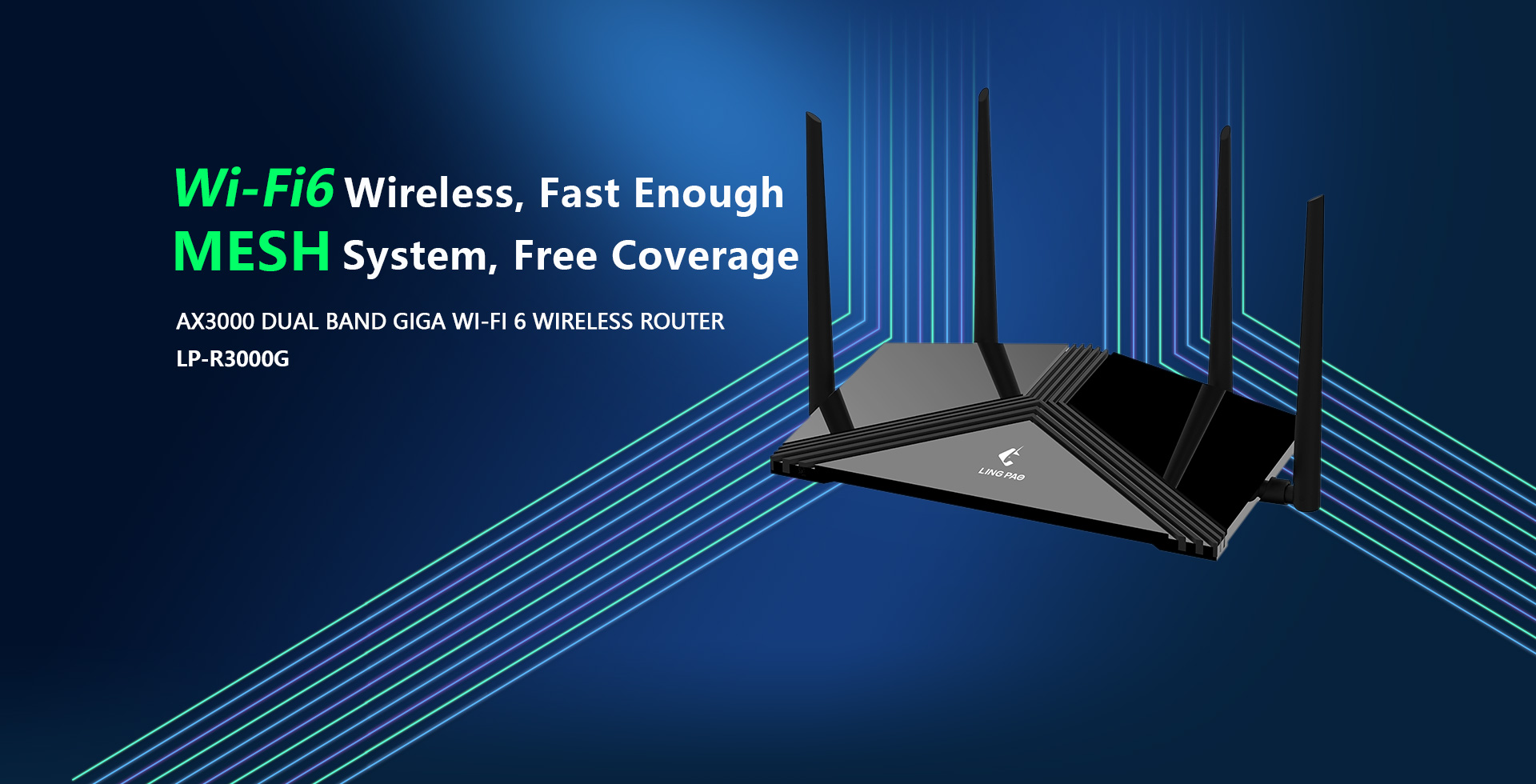Understanding the differences between a wireless router and a hub is essential for setting up an efficient home or office network. Here’s a detailed comparison:
Wireless Router
Definition: A wireless router is a networking device that performs the functions of a router and includes the capability to provide wireless access to devices. It connects to a modem and routes data from the internet to various devices within a network.
Functions:
- Routing: Directs data traffic between the internet and devices within the local network.
- Wireless Access Point: Provides Wi-Fi connectivity, allowing wireless devices to connect to the network.
- DHCP Server: Assigns IP addresses to devices on the network.
- Network Security: Often includes features like firewalls, WPA/WPA2 encryption, and parental controls.
- NAT (Network Address Translation): Manages public IP addresses and helps with security by masking internal IP addresses.

Pros:
- Versatility: Combines multiple functions (routing, wireless access, security) in one device.
- Wireless Connectivity: Eliminates the need for cables for most devices.
- Advanced Features: Offers various advanced networking features, such as guest networks, QoS (Quality of Service), and VPN support.
- Ease of Use: Typically user-friendly with easy setup and configuration interfaces.
Cons:
- Cost: More expensive than simple networking devices like hubs.
- Complexity: May require some network knowledge for advanced configurations.
Best For:
- Home and small office networks requiring wireless connectivity and internet sharing.
- Users needing robust security and advanced networking features.
Hub
Definition: A hub is a basic networking device that connects multiple Ethernet devices, making them act as a single network segment. It operates at the physical layer (Layer 1) of the OSI model.
Functions:
- Data Distribution: Receives data packets from one device and broadcasts them to all other devices connected to the hub.
- Port Expansion: Provides additional Ethernet ports to connect more wired devices within a network.
Pros:
- Simplicity: Very simple device with no configuration required.
- Cost: Generally cheaper than switches and routers.
- Plug-and-Play: Easy to set up and use, requiring minimal technical knowledge.
Cons:
- Inefficiency: Broadcasts data to all ports, leading to unnecessary traffic and potential collisions.
- Lack of Intelligence: Does not manage traffic or offer advanced features like security or routing.
- Limited Scalability: Not suitable for larger or more complex networks.
Best For:
- Very small networks where simplicity and low cost are priorities.
- Temporary network setups or basic environments with minimal traffic.
Key Differences
- Functionality:
- Wireless Router: Combines routing, wireless access, and network security functions.
- Hub: Simple device that connects multiple Ethernet devices without managing traffic.
- Network Layer:
- Wireless Router: Operates at the network layer (Layer 3) of the OSI model.
- Hub: Operates at the physical layer (Layer 1) of the OSI model.
- Traffic Management:
- Wireless Router: Directs traffic intelligently using routing tables and provides security features.
- Hub: Broadcasts all incoming data to all ports, leading to potential network inefficiencies.
- Use Case:
- Wireless Router: Ideal for home and small office environments needing internet access and wireless connectivity.
- Hub: Suitable for very basic and small network setups with minimal traffic requirements.
Conclusion
- Choose a Wireless Router if you need a comprehensive networking solution that includes wireless access, security, and intelligent traffic management.
- Choose a Hub if you have a very small, simple network and prioritize low cost and ease of use over advanced features and efficiency.
